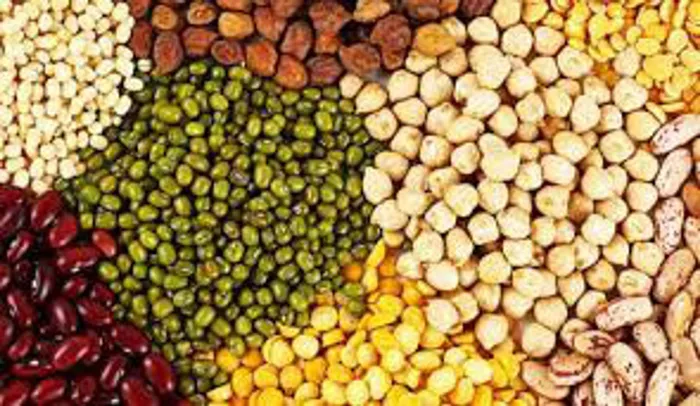Small, but they pack a wholesome punch

Johannesburg - Pulses. They may be small, but they could make a big contribution when it comes to solving the world’s food security issues.
This subgroup of the legume family, which includes chickpeas, lentils and various types of beans, were discussed at a conference led by the Department of Science and Technology in Muldersdrift on Wednesday. This year has been declared international year of pulses by the UN.
Dr Lewis Hove, the Food and Agriculture Organisation representative in South Africa, spoke about how pulses could contribute to food security.
“Pulses are an inexpensive source of protein,” he explained. “They are a crucial component of any healthy diet, especially in low-income communities where meat, dairy and fish are economically inaccessible.”
Pulses were high in complex carbohydrates and fibre and low in calories, making them a filling option. They were advantageous to people who were facing nutritional problems from undernutrition and micronutrient deficiencies, to obesity and diet-related diseases such as Type 2 diabetes and certain types of cancer.
Additional benefits were that they had a long shelf life if stored properly and most adapted easily to different climates, making them drought tolerant.
This was important, given that the World Food Programme’s hunger statistics showed that only 795 million, or one in nine people on Earth, had enough food to lead a healthy, active life.
According to the Department of Agriculture, Forestry and Fisheries, 14.1 million South Africans had food access challenges, with the poor spending 66 percent of their income on food. “Pulses have great potential to contribute to food and nutrition security, most of which is not yet realised,” Hove said.
Pulses were not only beneficial to people, but also to the environment. The Food and Agriculture Organisation said planting pulse crops alongside other crops increased farm biodiversity, and the nitrogen-fixing properties of pulses improved soil fertility, extending the productivity of farmland.
They had one of the lowest carbon footprints of any food group, indirectly reducing harmful greenhouse gas emissions.
Wikus Snijman, a researcher at the Agricultural Research Council (ARC), said the Grain Crops Institute at the ARC was running a number of projects to enhance the cultivation and use of pulse crops.
Jansie Niehaus, executive director at the National Science and Technology Forum, gave feedback from a conference on pulses held in June. The recommendations from that event concluded that various government departments needed to get involved to support and promote the awareness, production and marketing of pulses at various stages.
There also needed to be collaboration between the government and private sector in order to conduct more research into pulses, record indigenous knowledge, develop technologies for the planting and harvesting of pulses, develop policies around pulse crops and provide incentives for the producers of pulses.
“It was recommended that a committee for pulse production be established, and milestones agreed in order to submit a report to the cabinet on the potential for increased production,” added Niehaus.
@Gabi_Falanga